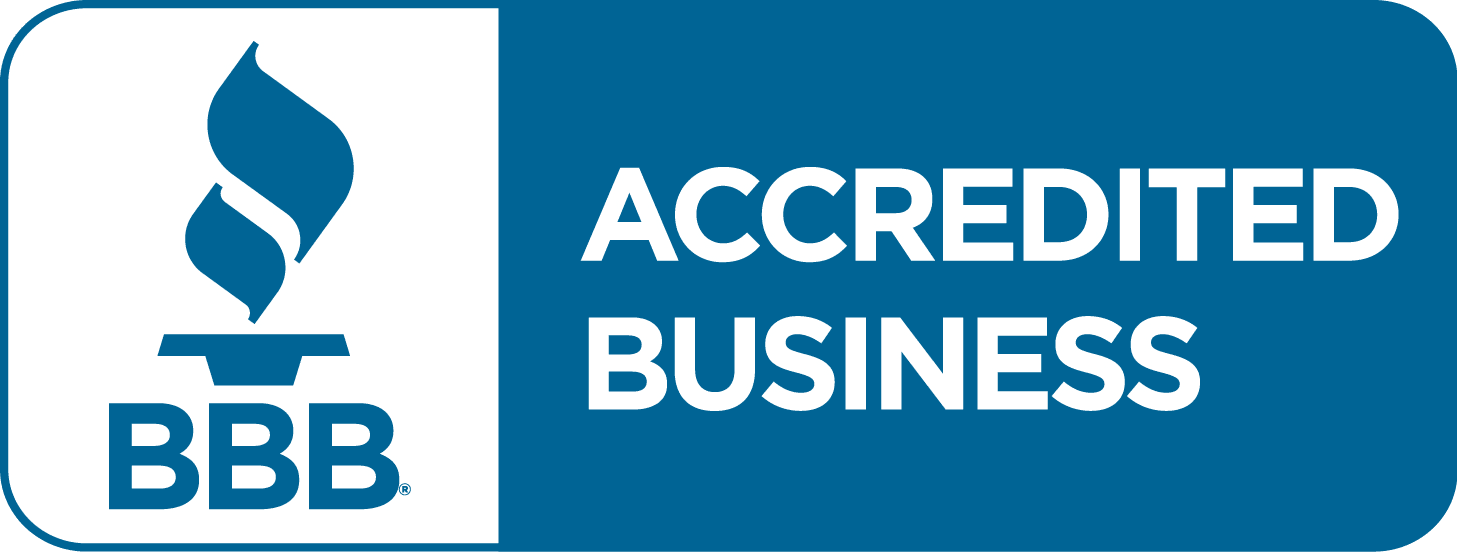Reality TV to Real-Life: How to Become 90 Day Fiancé
Few things make better television than new romantic relationships. This is part of the thinking behind the TLC network’s reality/documentary show 90 Day Fiancé. The show follows several couples that have applied for or received a K-1 visa in the United States. This particular visa scheme allows an engaged couple to spend 90 days living in the United States before they must get married and change their visa status.
The premise of the show is to chronicle the ups and downs, frustrations and happy moments, and the eventual marriage of these international lovers. As you watch the drama unfold, you can be fooled into thinking that the K-1 visa and concept of a 90-day fiancé is mere myth, designed for television ratings. This isn’t the case.

Beyond the TV show, many real-life couples are contacting a California spousal visa lawyer and using the K-1 visa scheme to advance their relationship and legally marry in the United States. Unlike the TV show, many real-life couples make it through their 90-day trial period and to the altar. Which probably leaves you wondering, what are the requirements of the K-1 visa and how does the visa scheme work?
What Is the 90-Day Fiancé Visa?
Even before there was a television show, the K-1 visa was often nicknamed the 90-day fiancé visa because of its structure and requirements. It is a non-immigrant visa, which means that recipients of the K-1 visa are only permitted in the United States for a specific purpose and period of time. You can’t remain in the United States indefinitely and if your eligibility status for the K-1 visa changes, you must return to your country of origin.
The specific purpose of a K-1 visa is to allow foreign fiancés of United States citizens to travel to the United States to get married. Under the conditions of the visa, the United States citizen and K-1 visa recipient must be married within 90 days of the recipient’s arrival in the United States. Immigration officials strictly enforce the 90-day timeframe, and if a wedding is called off or delayed, the foreign national must return to his or her home country and reapply for a K-1 visa.
Once a couple is married, the K-1 visa recipient can apply for permanent residency in the United States. This adjustment of status must be approved by Homeland Security and U.S. Citizenship and Immigration Services (USCIS), which can be a rigorous process, even when legally married.
What Does It Mean to Be a Fiancé(e)?

There is an assumption that the first requirement for the K-1 visa is an engagement, however under the legal definition of “fiancé”, as used by United States immigration law, you don’t become a fiancé until the K-1 visa is issued. Therefore, a formal engagement, where someone popped the question and gifted a ring, actually isn’t a requirement at all. Instead, a California spousal visa lawyer can help you start the process by completing the Petition for Alien Fiancé(e), also known as Form I-129F.
Approval of Form I-129F is based on evidence of a bona fide relationship and intention to marry. The couple must have evidence of their relationship and provide this evidence to USCIS. A California spousal visa lawyer can help with the collection and presentation of this evidence. This can be text messages, emails, phone call dates and times, photographs, and statements from family and friends. The more information provided on Form I-129F the easier it is for USCIS to make a determination of a K-1 visa application.
What Are the Eligibility Requirements for a K-1 Visa?
To submit the application for a K-1 visa, you need to complete Form I-129F, and meet these following eligibility requirements.
There are several eligibility requirements that must be met before a foreign national is granted a K-1 Visa. First, both individuals, meaning the K-1 visa recipient and United States fiancé, must be free to legally marry at the time the K-1 application is filed. Neither party can be married to or separated from a third-party and both parties must be old enough to legally consent to marriage. Second, both parties must remain legally free to marry for the duration the K-1 visa. The definition of “legally free to marry” is determined by the state where the couple intends to be married.

In most cases, the USCIS requires that an engaged couple have proof of an in-person meeting within two years of the K-1 visa application. This meeting, among other documentation, provides evidence of a bonafide relationship and also ensures the United States citizen isn’t being scammed by the individual they are agreeing to marry. This requirement can be waived in a small number of cases when there is evidence of undue hardship in the United States citizen visiting a fiancé. To learn more about the definition of undue hardship and what qualifies for this exception, speak with a California spousal visa lawyer.
Hire a California Spousal Visa Lawyer
If you or your partner needs a K-1 visa to marry in the United States, you should speak with a California spousal visa lawyer immediately. The sooner you start the application process and complete Form I-129F, the sooner you can start planning for your big day. To work with one of the top spousal visa lawyers in California, contact Greco Neyland at (213) 295-3500.
Reality TV to Real-Life: How to Become 90 Day Fiancé
Few things make better television than new romantic relationships. This is part of the thinking behind the TLC network’s reality/documentary show 90 Day Fiancé. The show follows several couples that have applied for or received a K-1 visa in the United States. This particular visa scheme allows an engaged couple to spend 90 days living in the United States before they must get married and change their visa status.
The premise of the show is to chronicle the ups and downs, frustrations and happy moments, and the eventual marriage of these international lovers. As you watch the drama unfold, you can be fooled into thinking that the K-1 visa and concept of a 90-day fiancé is mere myth, designed for television ratings. This isn’t the case.

Beyond the TV show, many real-life couples are contacting a California spousal visa lawyer and using the K-1 visa scheme to advance their relationship and legally marry in the United States. Unlike the TV show, many real-life couples make it through their 90-day trial period and to the altar. Which probably leaves you wondering, what are the requirements of the K-1 visa and how does the visa scheme work?
What Is the 90-Day Fiancé Visa?
Even before there was a television show, the K-1 visa was often nicknamed the 90-day fiancé visa because of its structure and requirements. It is a non-immigrant visa, which means that recipients of the K-1 visa are only permitted in the United States for a specific purpose and period of time. You can’t remain in the United States indefinitely and if your eligibility status for the K-1 visa changes, you must return to your country of origin.
The specific purpose of a K-1 visa is to allow foreign fiancés of United States citizens to travel to the United States to get married. Under the conditions of the visa, the United States citizen and K-1 visa recipient must be married within 90 days of the recipient’s arrival in the United States. Immigration officials strictly enforce the 90-day timeframe, and if a wedding is called off or delayed, the foreign national must return to his or her home country and reapply for a K-1 visa.
Once a couple is married, the K-1 visa recipient can apply for permanent residency in the United States. This adjustment of status must be approved by Homeland Security and U.S. Citizenship and Immigration Services (USCIS), which can be a rigorous process, even when legally married.
What Does It Mean to Be a Fiancé(e)?

There is an assumption that the first requirement for the K-1 visa is an engagement, however under the legal definition of “fiancé”, as used by United States immigration law, you don’t become a fiancé until the K-1 visa is issued. Therefore, a formal engagement, where someone popped the question and gifted a ring, actually isn’t a requirement at all. Instead, a California spousal visa lawyer can help you start the process by completing the Petition for Alien Fiancé(e), also known as Form I-129F.
Approval of Form I-129F is based on evidence of a bona fide relationship and intention to marry. The couple must have evidence of their relationship and provide this evidence to USCIS. A California spousal visa lawyer can help with the collection and presentation of this evidence. This can be text messages, emails, phone call dates and times, photographs, and statements from family and friends. The more information provided on Form I-129F the easier it is for USCIS to make a determination of a K-1 visa application.
What Are the Eligibility Requirements for a K-1 Visa?
To submit the application for a K-1 visa, you need to complete Form I-129F, and meet these following eligibility requirements.
There are several eligibility requirements that must be met before a foreign national is granted a K-1 Visa. First, both individuals, meaning the K-1 visa recipient and United States fiancé, must be free to legally marry at the time the K-1 application is filed. Neither party can be married to or separated from a third-party and both parties must be old enough to legally consent to marriage. Second, both parties must remain legally free to marry for the duration the K-1 visa. The definition of “legally free to marry” is determined by the state where the couple intends to be married.

In most cases, the USCIS requires that an engaged couple have proof of an in-person meeting within two years of the K-1 visa application. This meeting, among other documentation, provides evidence of a bonafide relationship and also ensures the United States citizen isn’t being scammed by the individual they are agreeing to marry. This requirement can be waived in a small number of cases when there is evidence of undue hardship in the United States citizen visiting a fiancé. To learn more about the definition of undue hardship and what qualifies for this exception, speak with a California spousal visa lawyer.
Hire a California Spousal Visa Lawyer
If you or your partner needs a K-1 visa to marry in the United States, you should speak with a California spousal visa lawyer immediately. The sooner you start the application process and complete Form I-129F, the sooner you can start planning for your big day. To work with one of the top spousal visa lawyers in California, contact Greco Neyland at (213) 295-3500.
free case evaluation
Results That Matter to You




